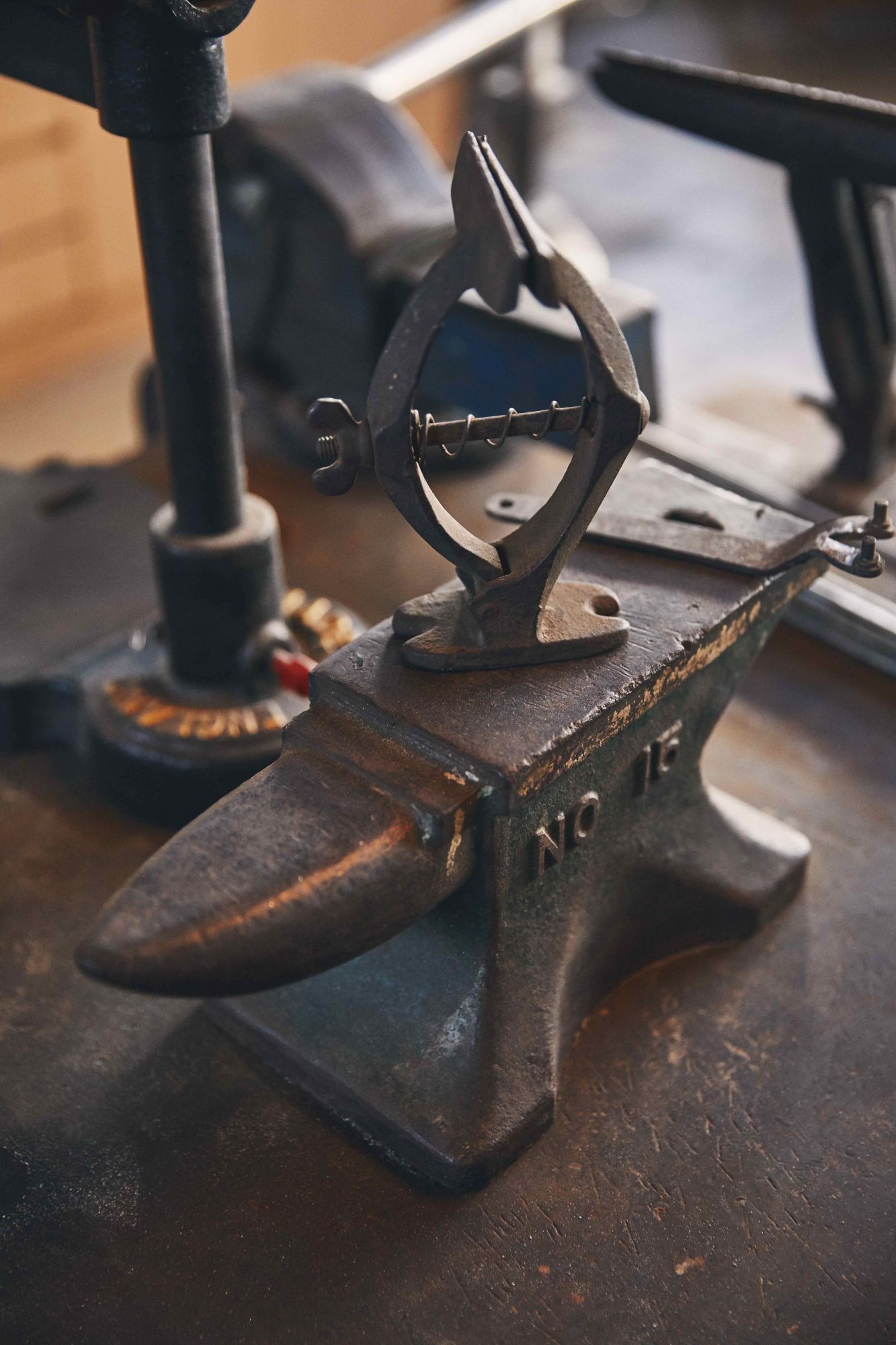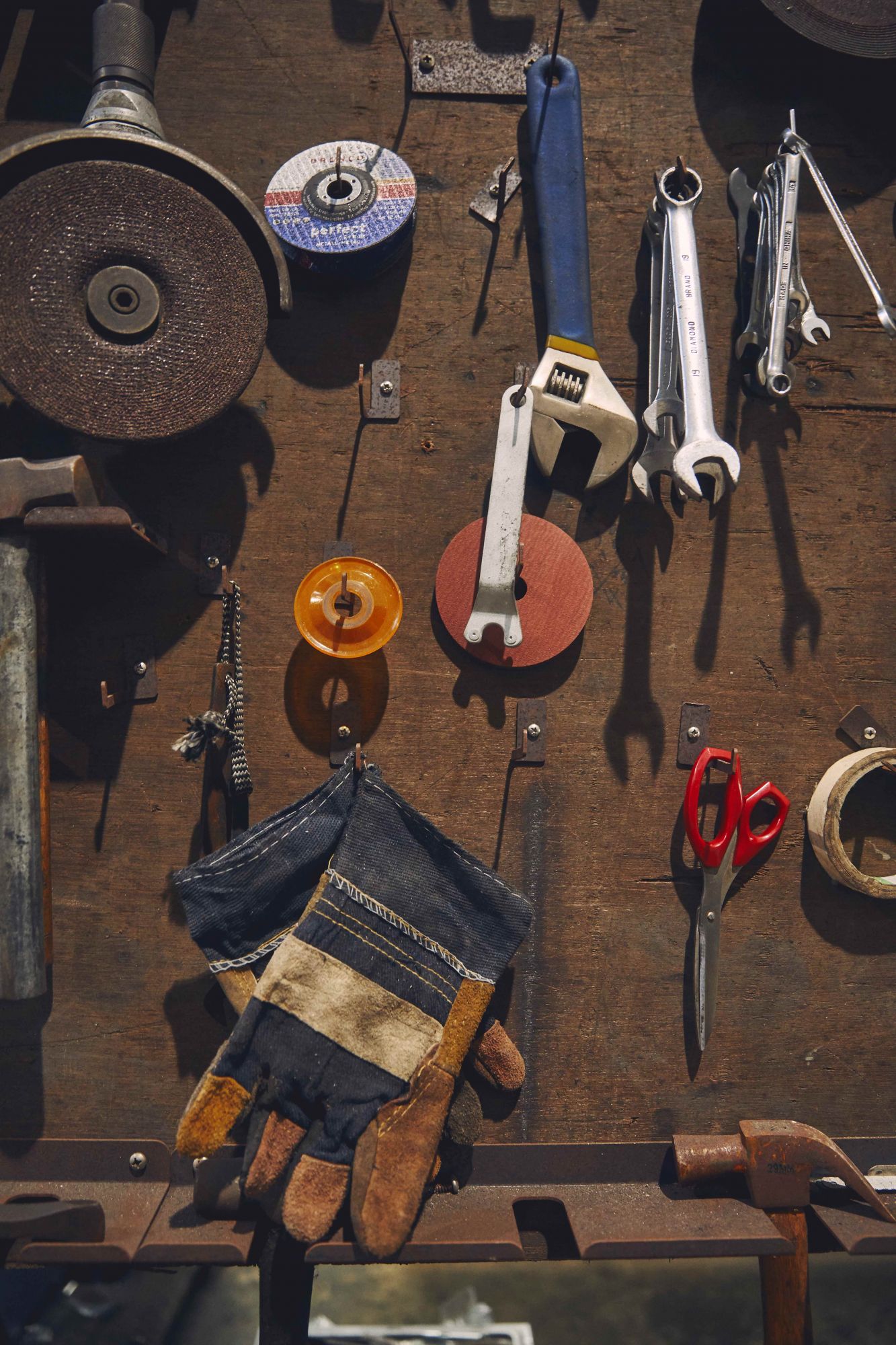Inspired by his family trade in stainless steel fabrication, Matthias Yong of Baremetalco hopes to foster public interest in metalworking through inventive designs and creative collaborations
More commonly associated with surgical tools and kitchen equipment, stainless steel may be a material deemed as being far from glamorous or beautiful. But Baremetalco founder Matthias Yong believes there’s so much more that can be done with this malleable metal.
Having struggled with dyslexia as a child, Yong gradually embraced metalworking as both a creative outlet and his livelihood; the company’s name, Baremetalco, refers to Yong’s admiration for the beauty of metals left deliberately bare, without any extraneous layer of paint.

While the decision to join the family trade was far from instantaneous, it could be said that the passion for material is in his blood. His father, Matthew Yong, start-ed Make Yield, a firm that specialises in stainless steel fabrication in 1992; Yong was often roped in to help out at he factory during his teenage years. His interest in metalwork deepened over time, as he developed a reputation for his skills among his peers while studying mechanical engineering at a local polytechnic, as he would help to fabricate metal structures for their final-year projects.



